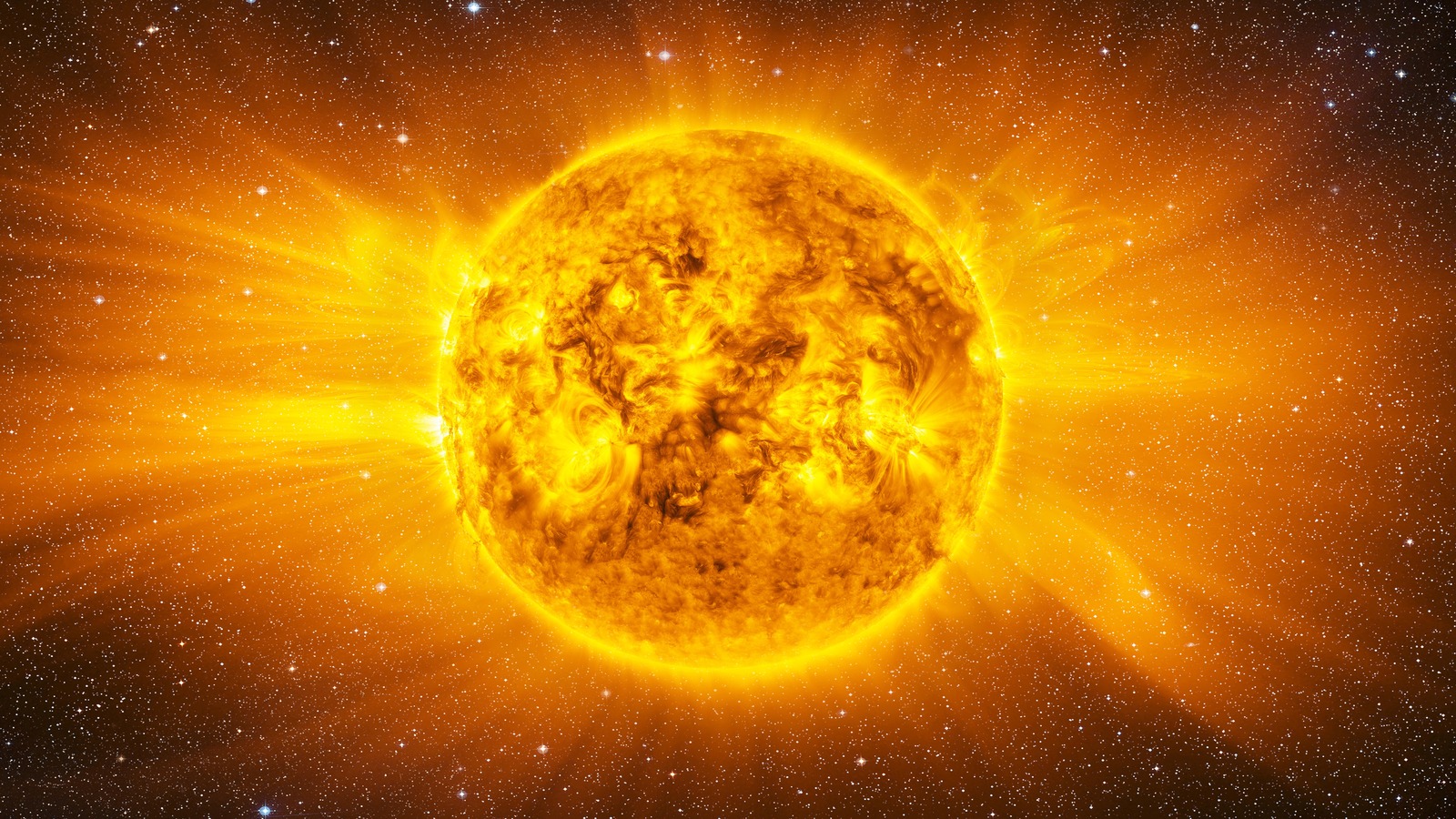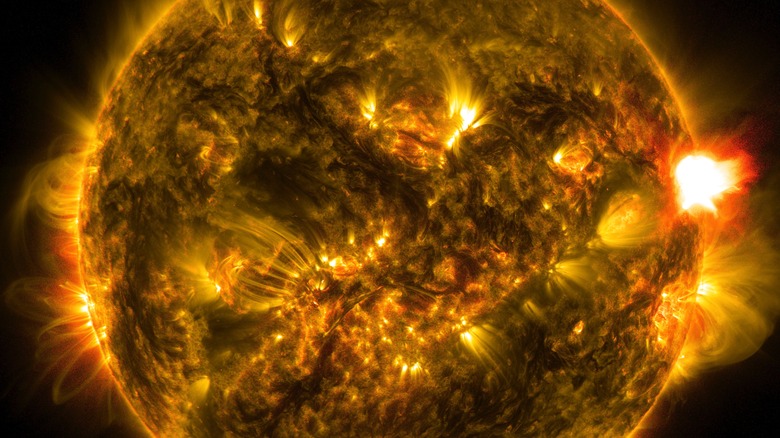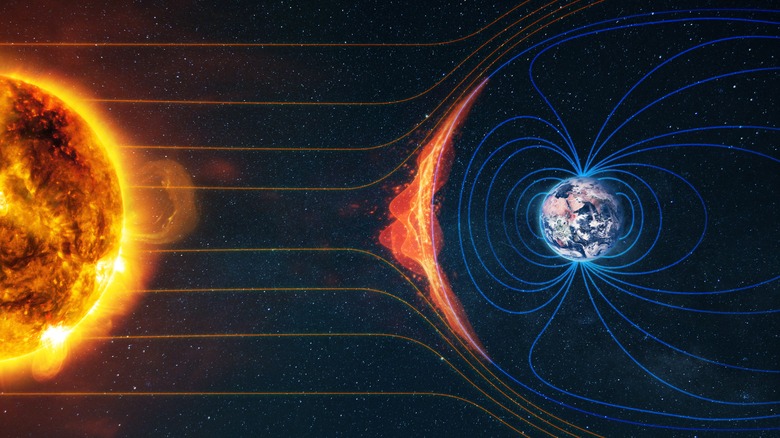The sun is not a static, tranquil sphere of gas, but an active, turbulent star with magnetic fields that twist and snap in powerful eruptions. Among the most striking and energetic of these eruptions are solar flares, a large one of which was detected in 2023. They’re defined as sudden bursts of electromagnetic radiation released from the sun’s atmosphere. These flares can propagate across space at nearly the speed of light, interacting with Earth’s magnetic field and upper atmosphere.
Their effects range from dazzling auroras near the poles to disruptive radio blackouts, satellite glitches, and even hazards to astronauts. Each flare is a reminder that space is not an empty void but a dynamic environment connecting our planet to its star. The intensity of these eruptions varies widely, and scientists have learned to measure and classify them to understand their potential effects on our technology and daily life. From subtle disturbances to powerful blasts capable of disabling satellites, solar flares reveal both the beauty and volatility of the star that sustains us.
What are solar flares?
A solar flare is a sudden, intense release of energy typically occurring in regions of complex and evolving magnetic fields near sunspots, like those you can see in NASA’s close-up photo of the sun. When magnetic field lines in the solar corona become twisted or sheared, they reconnect. This process liberates stored magnetic energy, which accelerates charged particles (electrons, protons, and heavier ions) and heats solar plasma.
Once the flare bursts outward, Earth is affected about eight minutes later (since electromagnetic waves travel at light speed), but only if it’s in the path of radiation. One major effect is on the ionosphere, the layer of Earth’s upper atmosphere filled with ions and electrons. Increased X-ray and extreme ultraviolet (EUV) radiation boosts ionization in the lower ionosphere, altering how radio waves propagate. This can lead to radio blackouts, in which high-frequency (HF) radio communications — primarily used in long-distance communication — are degraded or lost over the sunlit side of Earth for minutes or even hours.
Another visible effect of solar flares is an enhanced aurora (northern and southern lights). Some flares are associated with coronal mass ejections (CMEs), large expulsions of solar plasma and magnetic fields. When those breaths of charged particles collide with Earth’s magnetosphere, they can trigger geomagnetic storms. These storms funnel energetic particles into the upper atmosphere near the poles, exciting atoms and molecules and causing them to glimmer.
In more extreme cases, solar flares and their associated particle storms can disturb satellite electronics, affect GPS accuracy, degrade power-grid stability, and increase drag on satellites in low-Earth orbit. Because of that, monitoring flares and forecasting their effects is crucial for space weather preparedness.
Classification of solar flares and why it matters
Scientists classify solar flares according to their brightness in X-rays. The system divides flares into five main categories: A, B, C, M, and X. Every letter marks roughly a tenfold increase in power compared to the previous one. To describe variations within each category, scientists add a number after the letter. For example, X1, X2, or X9. The higher the number, the stronger the flare, with an X2 flare releasing about twice as much energy as an X1 flare.
This classification is more than academic. Different classes of flares can influence Earth differently. Small A and B flares are so weak that they rarely affect Earth. Mild C-class flares tend to cause minor ionospheric disturbances, but little to no serious impact on satellites or communication. But M-class flares can cause moderate radio blackouts and occasionally cause small radiation storms. X-class flares, like those potentially cause by some new sunspots, especially those at the higher end of the scale, can generate intense radiation storms, degrade or disable satellite instruments, corrupt memory in electronics, disrupt GPS and radio systems, and even damage solar panels.
One dramatic historical example is the X9-class flare of December 5, 2006. That eruption triggered a powerful radio burst that disrupted satellite-to-ground communication and GPS signals for about 10 minutes. In fact, the flare was so intense that it damaged the X-ray imager aboard NOAA’s GOES-13 satellite. Because X-class flares can inflict serious harm on space infrastructure, agencies such as NASA, NOAA’s Space Weather Prediction Center, and the U.S. Air Force Weather Agency vigilantly monitor solar activity. They watch for X-class flares in real time, issue alerts, and coordinate protective actions. That way, they reduce radiation damage to satellites, communication systems, and ensure astronauts’ safety.










